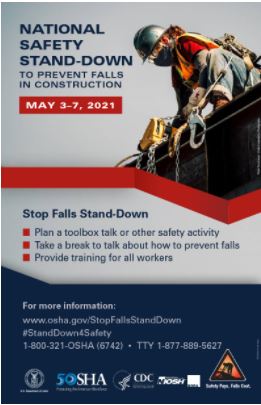 In New York and in the US, construction companies, like any employers, are responsible for the safety of their employees while they are at work. If a construction worker is injured or killed on the job, the employer might be liable. Therefore during the pandemic they had to make sure that construction workers were adequately protected from getting the potentially deadly virus.
In New York and in the US, construction companies, like any employers, are responsible for the safety of their employees while they are at work. If a construction worker is injured or killed on the job, the employer might be liable. Therefore during the pandemic they had to make sure that construction workers were adequately protected from getting the potentially deadly virus.
In their last month Data Bulleting, the Center for Construction Research and Training (CPWR), looked at how construction companies dealt with Safety Management during the Covid-19 pandemic. Because of the nature of their work, construction workers can not work from home and often have to work in teams. Therefore they can easily be exposed to Covid19 if one of the workers is sick. As a result, construction businesses had to take measures to keep their employees safe from potential viral transmission. However the CPWR found that safety measures were different from one construction business to the other.
It is not a surprise that three quarters of construction businesses in the US reported that their business suffered from the Covid-19 crisis and that a quarter of them suffered large decreases in employment compared to pre-pandemic levels. Among the extra expenses related to Covid19, many construction businesses implemented on-site testing as many of them also did not require vaccination for employees working on their construction sites. While 11% of all nonfarm businesses require their onsite employees to be vaccinated, only 6% of construction companies do.
 Despite strict safety regulations and awar
Despite strict safety regulations and awar New York Personal Injury Attorneys Blog
New York Personal Injury Attorneys Blog









